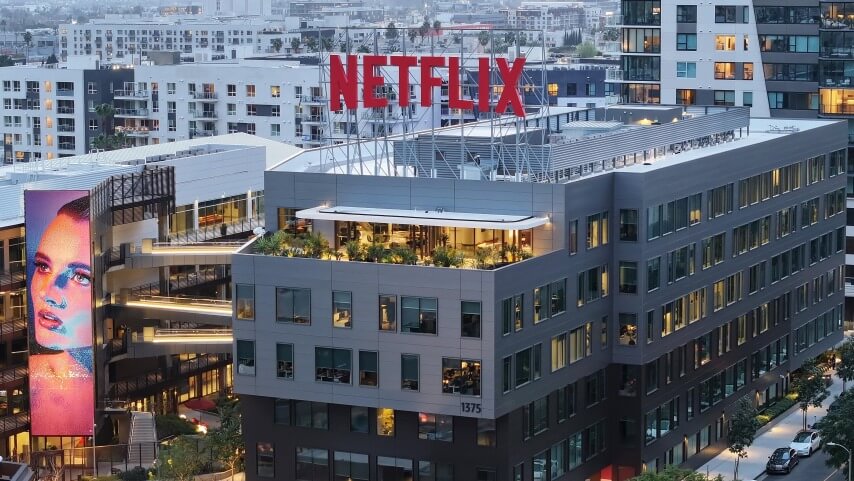Here’s the full breakdown: streaming platforms (again, that’s everybody, YouTube, Netflix, Max, Prime, etc.) made up 40.3 percent of the total TV audience, with traditional broadcast taking 20.5 percent and cable taking 27.2 percent. The remaining 12 percent is “other” kinds of TV usage, e.g., “tuning (unmeasured sources), unmeasured video on demand (VOD), audio streaming, gaming and other device (DVD playback) use,” per Nielsen.
Leading the charge for episodic television is, unsurprisingly, Netflix. (Netflix is second only to YouTube for total streaming viewership.) Per Nielsen, the platform had the top two titles of the month: Bridgerton, with 9.3 billion viewing minutes, and Your Honor, which had 7.5 billion minutes. Interestingly, in the latter case, those viewership stats account for both Netflix and Paramount+, but licensing to Netflix undeniably gave Your Honor a serious boost. The inference to be made here is that consumers obviously don’t care about individual brands and studios as much as they care about a centralized viewing experience. Netflix came first, so most people have Netflix, so all the “old” series like Your Honor will be brand-new to cable cutters who never caught the show when it aired on Showtime in 2020 and new to the people who are not about to pay for another streaming service (in this case, Paramount+).
It’s not exactly breaking news that streaming is here to stay, nor that Netflix’s dominance is at this point nigh impossible to challenge. What will be interesting to see is how the industry evolves from here. Is this the boom before the bust, or is streaming finally about to choke out traditional TV for good?







































![Rob Reiner's son booked for murder amid homicide investigation [Updated]](https://img.pastemagazine.com/wp-content/avuploads/2025/12/15131025/MixCollage-15-Dec-2025-01-10-PM-9121.jpg)

